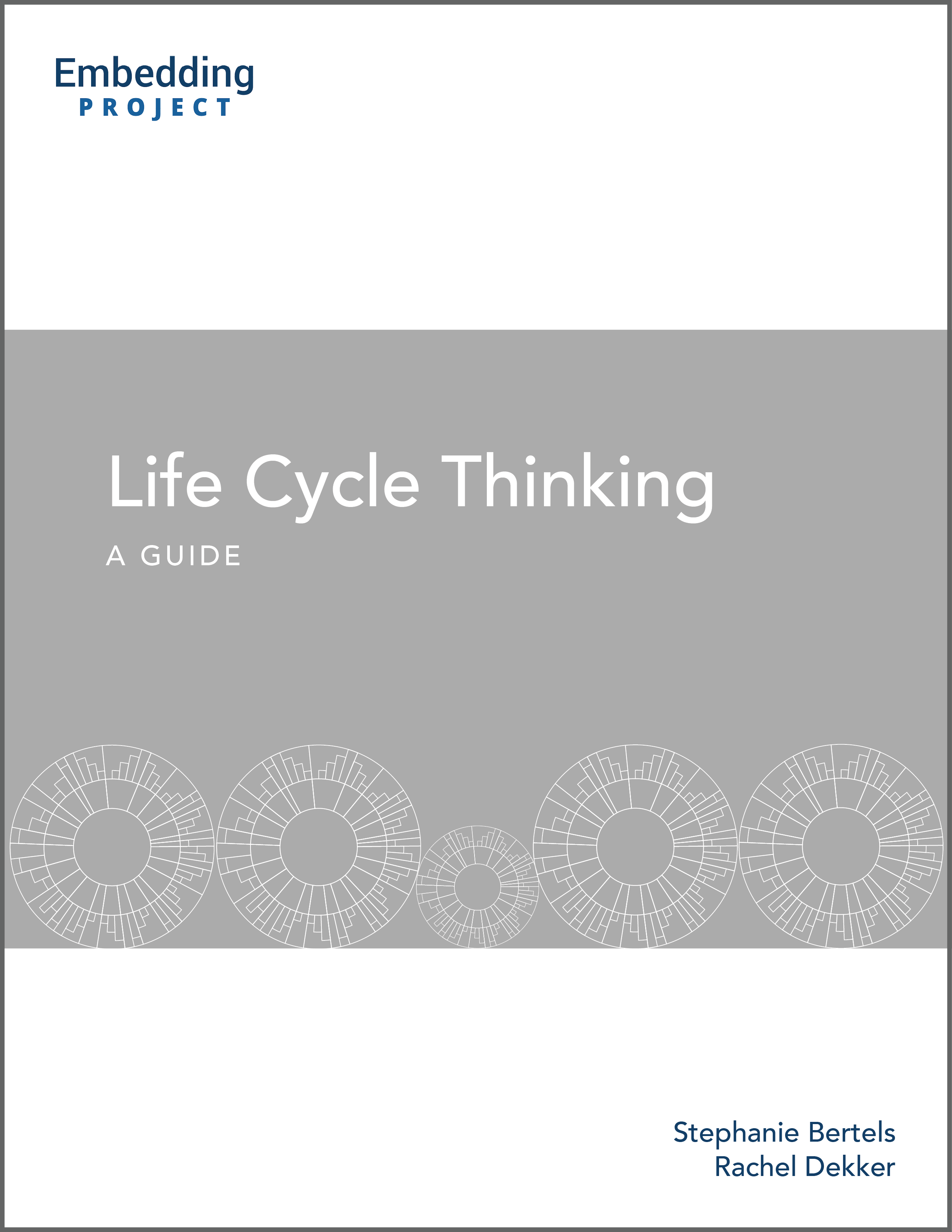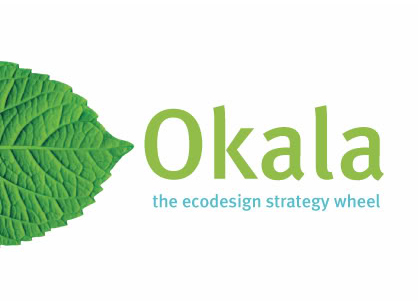Improve Products & Services
Description
These resources will help you to understand and improve the sustainability of products and services throughout their lifecycle, including the terms of their production, performance, and end-of-life (or next-life) solutions.
Share this Practice on:LinkedIn
Resources
Life Cycle Thinking
This guide explains how life cycle thinking and mapping help you identify and better understand the potential impacts of your products and services on people and the environment. By exploring environmental and social impacts from your raw materials, through manufacturing and distribution, to customer use, and end of life, you can identify hot spots and leverage points to take action on.
Life Cycle Assessment
Our forthcoming guide on life cycle assessments help you understand the social and environmental impacts of your products or services. This guide explains what a life cycle assessment is, why your business might want to undertake one and what to know about the process before you reach out to an LCA consultant.
To be notified when this guide is released, sign-up for our monthly newsletter or follow us on LinkedIn.
What is the Circular Economy?
The Ellen MacArthur Foundation provides a range of videos, audio files, case studies, and slides that can help you to understand the limitations of our linear economy, the aspects and benefits of a circular approach to industry, and the principles that can enable businesses and communities to achieve a more sustainable economy.
What is Sustainable Innovation?
This article provides a high-level explanation of what sustainable innovation looks like when designing products and services and how it differs from traditional innovation. This resource is a good introduction on how businesses can make innovation sustainable, and will help you to understand why this matters.
Handbook for Product Social Impact Assessment
This comprehensive handbook outlines a method for analyzing the social impacts of a product across its entire life cycle. It presents a number of indicators you can use to make impacts more visible and potentially identify hotspots, risks, and opportunities for improvement. It was developed by The Roundtable for Product Social Metrics, a business-led working group that works in collaboration with academia, NGOs, government, and industry organisations.
Model Behavior: 20 Business Model Innovations for Sustainability
Skim over this report if your organisation is considering how to start innovating for sustainability. It offers insight into twenty different approaches along with examples from a diverse range of organisations. The report was developed by SustainAbility, a think tank and strategic advisory firm.
Solar Impulse Foundation
This database showcases thousands of solutions for improving the sustainability of operations, products, and services. The curated database allows you to filter for solutions by sector, client profile, application, geography, and more, and the solution profiles highlight the potential environmental and financial benefits. This is a good one-stop shop for technology experts, engineers, operations managers, change agents, and leaders to explore the growing range of innovations that can support their sustainability-related projects and objectives.
Okala EcoDesign Wheel App
This "brainstorming tool" is a great prompt for early thinking on improving the sustainability of a product or service. Taken from the Okala Practitioner Guide, it organises different strategies for minimizing ecological impact around the stages of the product life-cycle.
The Roadmap to Sustainable E-commerce
This report from EDF+Business encourages consumer goods retailers to share more information on the social and environmental impacts of their products. Intended for businesses that engage in both direct and indirect e-commerce, the report explains how retailers can leverage their influence to improve product transparency and buyer behavour. The report outlines seven steps to achieving e-commerce sustainability leadership, with each section referencing relevant guidance and toolkits to help you get started.
Share this Practice on:LinkedIn






